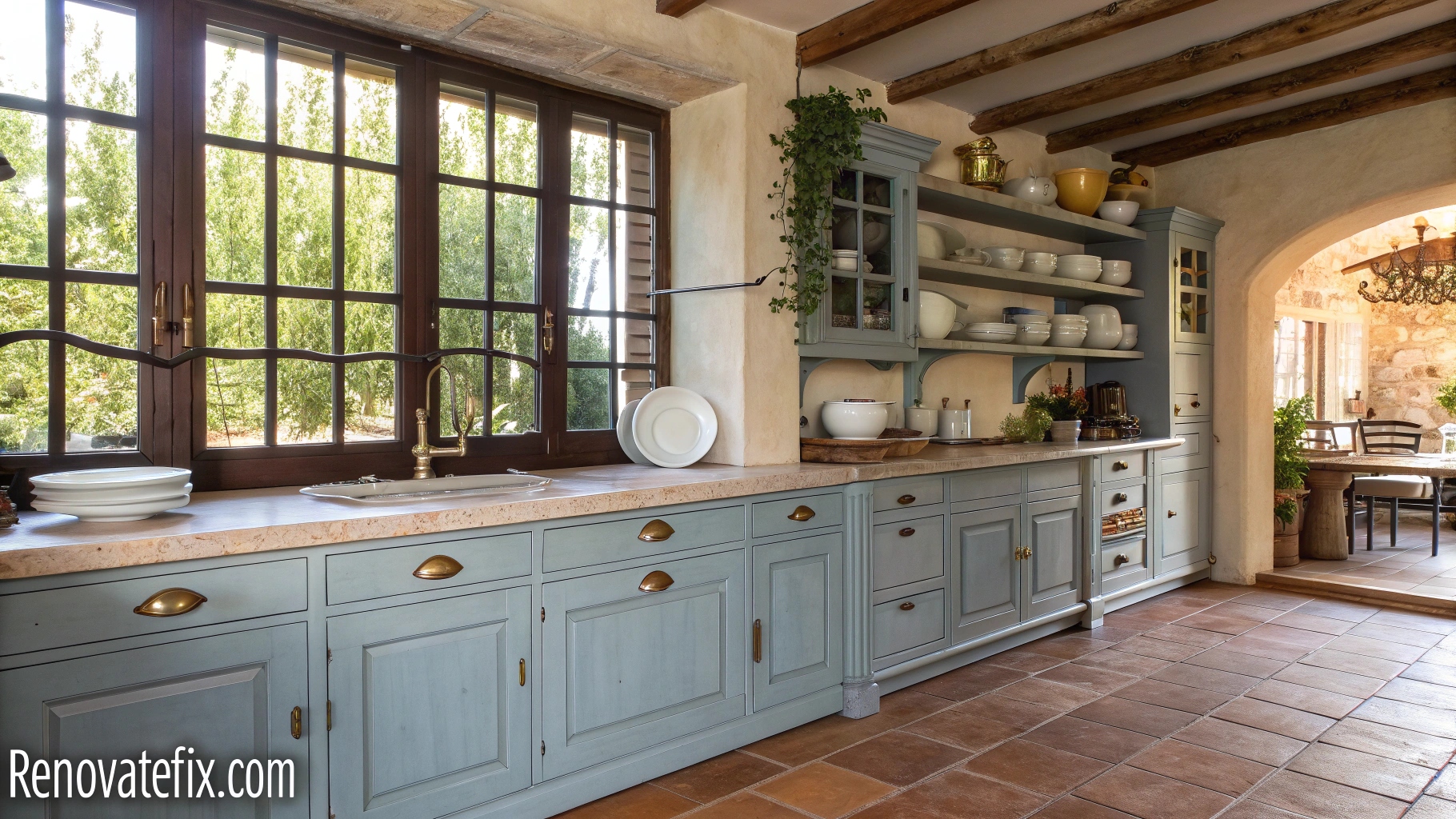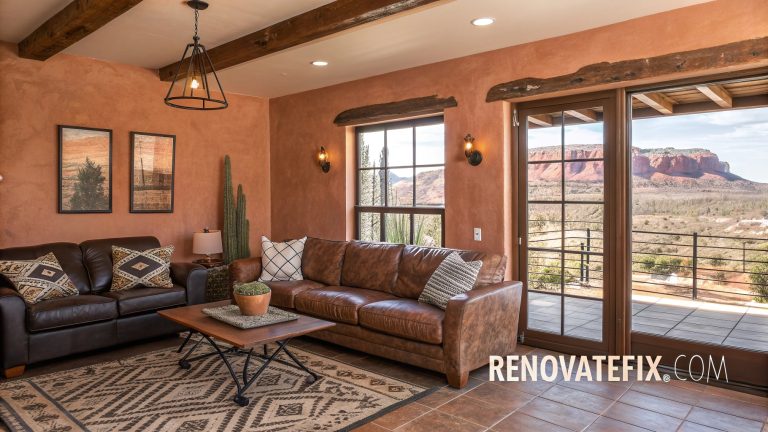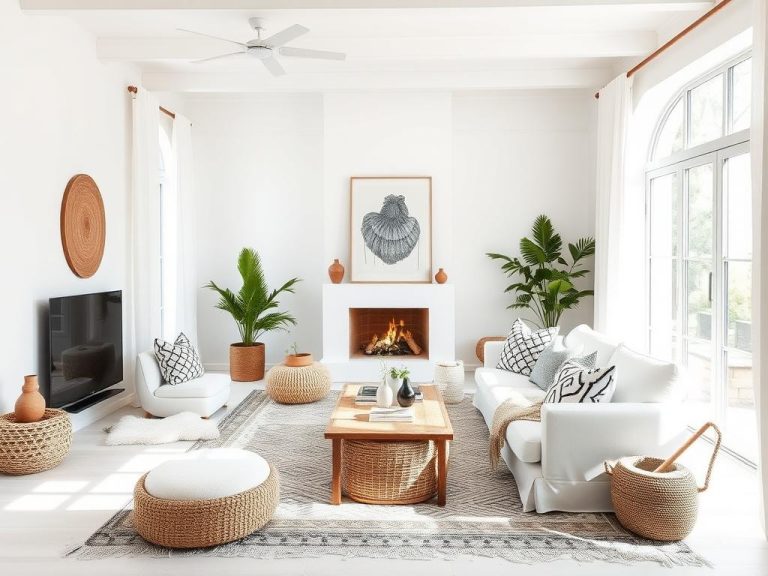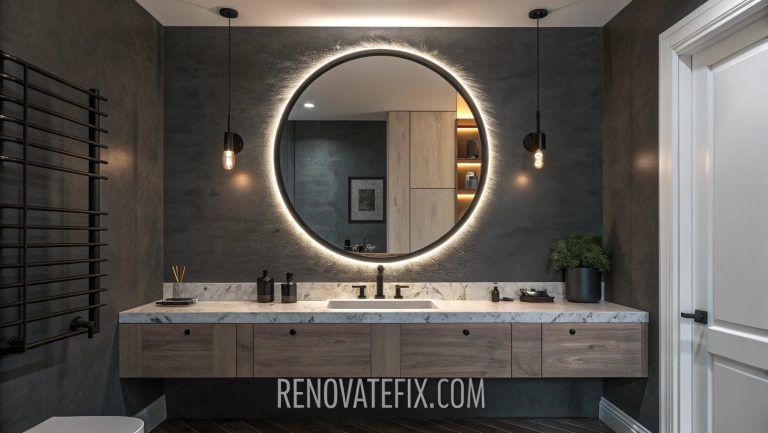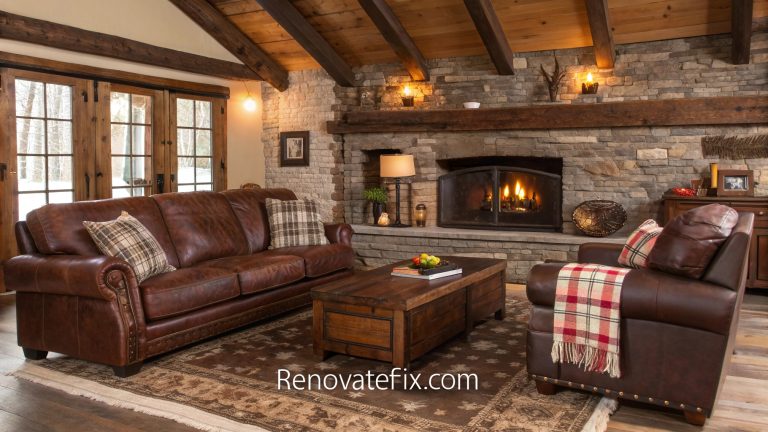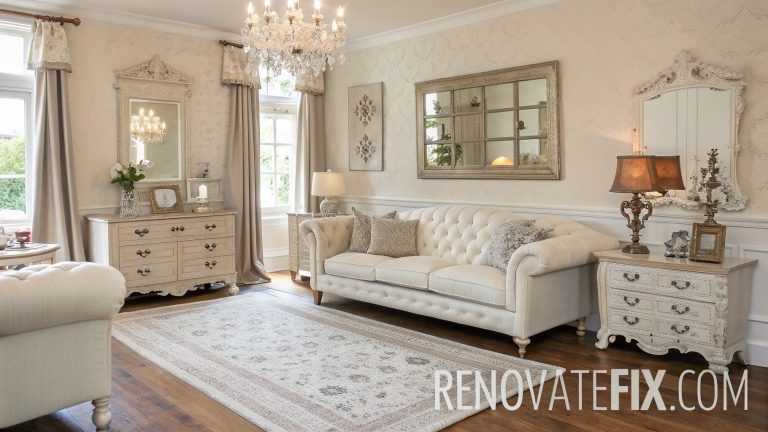Vintage French Kitchen Ideas: Timeless Elegance for Your Culinary Space
Stepping into a vintage French kitchen feels like traveling through time to an era where culinary spaces weren’t just functional but served as warm, inviting hearts of homes.
These kitchens blend rustic charm with sophisticated elegance, creating spaces that feel both lived-in and luxurious.
Drawing inspiration from provincial farmhouses, Parisian apartments, and countryside châteaus, French kitchen designs offer a distinctive aesthetic that has remained coveted for generations.
This guide explores 23 ways to bring authentic French flair into your kitchen, from architectural elements to decorative touches, helping you craft a space that balances timeless appeal with practical functionality.
1. Copper Pot Collections
Displaying collections of burnished copper cookware brings instant warmth and authenticity to any French-inspired culinary space, creating a practical yet decorative focal point that evolves with use and age.
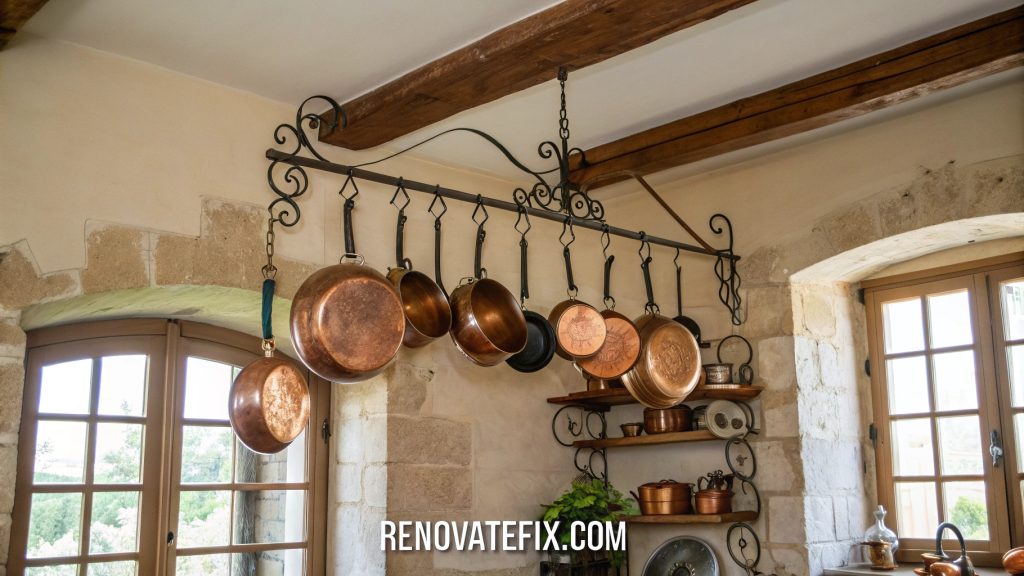
Copper pots hanging from ceiling-mounted racks or wall-mounted rails offer both accessibility for cooking and visual appeal through their lustrous patina that deepens over time.
French chefs have prized these pieces for centuries not only for their excellent heat conduction properties but also for their ability to develop character through regular use, telling stories of countless meals prepared.
2. Provincial Blue Cabinetry
Cabinets painted in muted provincial blue evoke the lavender fields of southern France while providing a perfect backdrop for cream-colored walls and natural wood elements found throughout classic French kitchens.
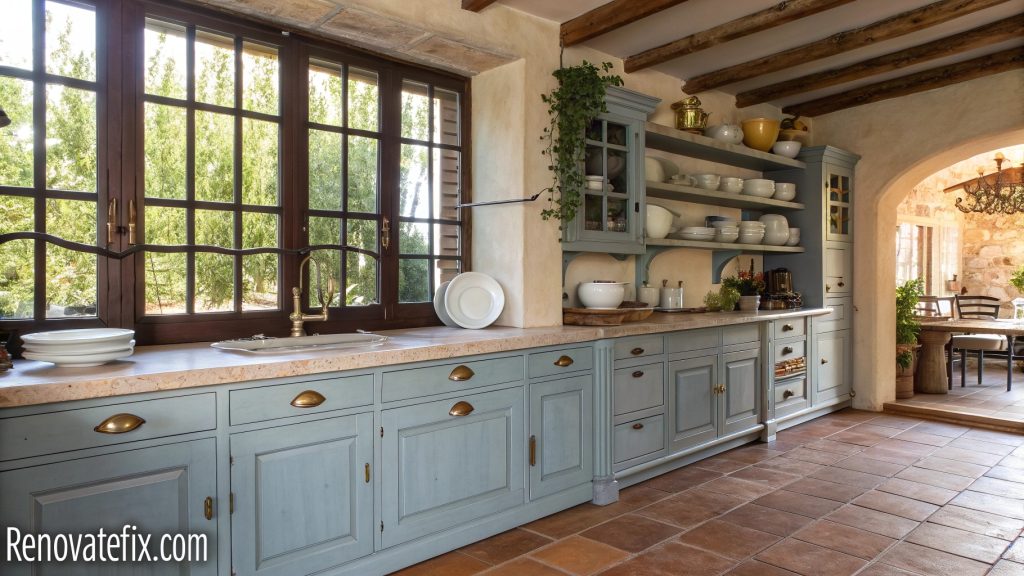
This distinctive color choice brings personality without overwhelming the space, creating harmony with limestone countertops, terracotta floors, or marble surfaces typically found in authentic French designs.
Distressed finishes with subtle wear patterns at edges and corners suggest decades of loving use, contributing to that coveted lived-in quality essential to genuine French country aesthetics.
Brass or iron hardware completes the look, offering necessary contrast against the soft blue while honoring traditional craftsmanship through their substantial feel and artisanal appearance.
3. Stone Farmhouse Sinks
Massive carved limestone sinks anchor French kitchens with their substantial presence and historical significance, offering practical capacity for washing large pots while serving as architectural statements that ground surrounding elements.
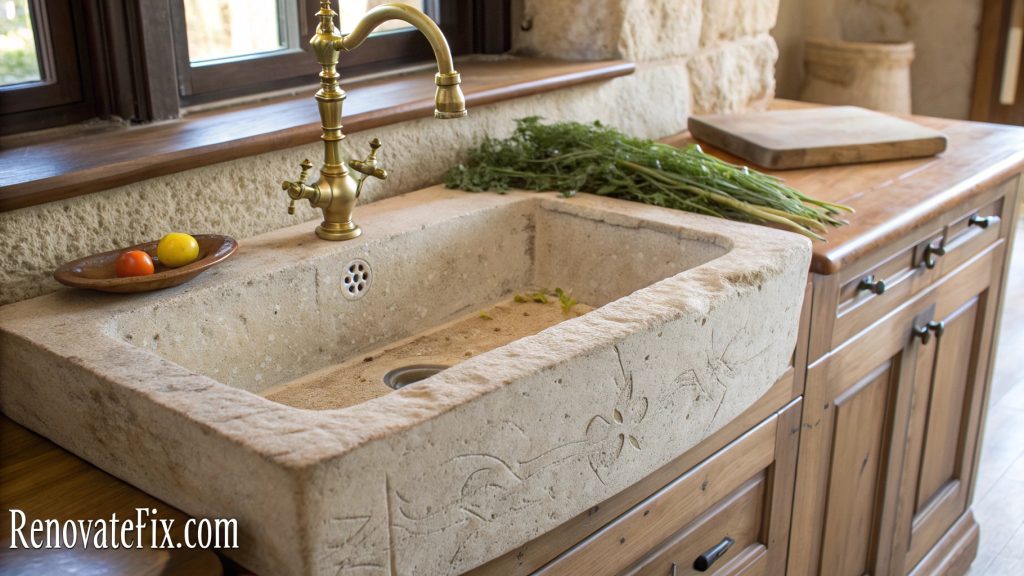
Original farmhouse versions were hand-hewn from single blocks of regional stone, creating uniquely characterized pieces impossible to replicate through mass production methods common today.
Water marks and slight imperfections acquired over decades of use enhance rather than diminish these architectural treasures, contributing authentic patina much sought after by devotees of genuine
French style. Modern plumbing adaptations make these historical pieces fully functional in contemporary settings while preserving their distinctive presence that speaks of rural French culinary traditions spanning generations.
4. Handpainted Ceramic Tiles
Artisanal tiles adorned with hand-painted motifs bring narrative elements into French kitchens, often depicting regional flora, pastoral scenes, or traditional patterns passed down through generations of provincial craftspeople.
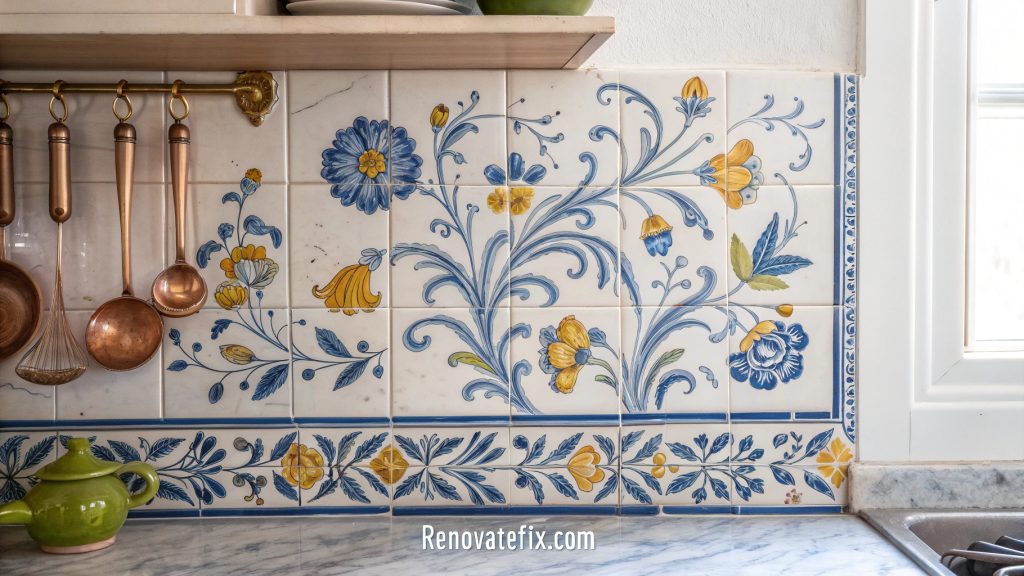
Installed as backsplashes behind ranges or as decorative panels framing windows, these colorful works serve both practical and artistic purposes, protecting walls while introducing visual storytelling into everyday spaces.
Every brush stroke reveals the human touch missing from machine-made alternatives, creating subtle variations that catch light differently throughout changing daylight hours.
French homeowners traditionally commissioned local artisans to create custom designs reflecting family histories or regional identity, resulting in kitchen spaces containing deeply personal artistic expressions beyond mere decorative considerations.
5. Exposed Ceiling Beams
Original wooden ceiling beams stand witness to centuries of family gatherings, preserving architectural history while defining spatial dimensions in traditional French kitchens across various regions.
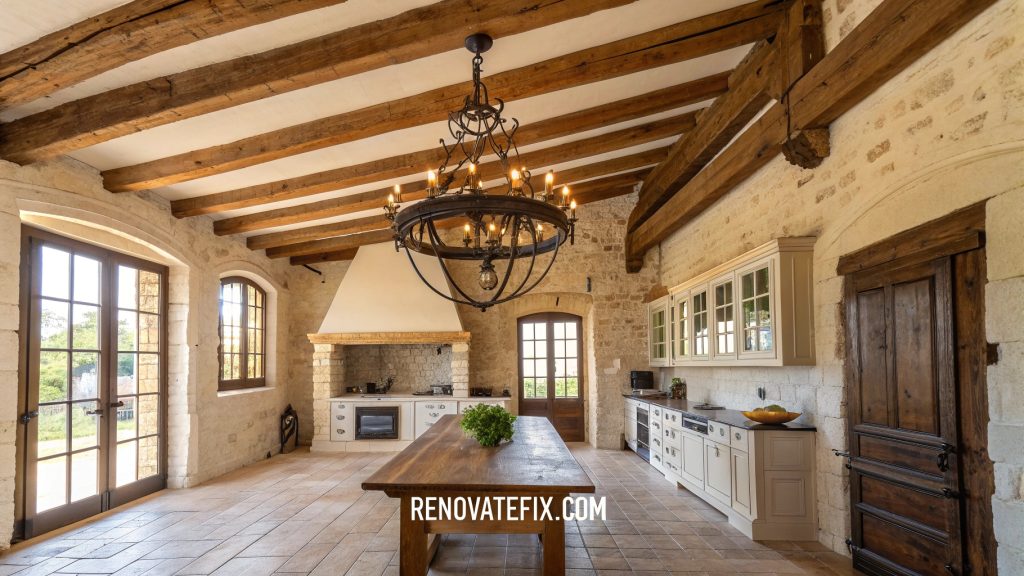
Dark-stained or naturally weathered oak timbers contrast beautifully against whitewashed plaster ceilings, creating visual rhythm through their regular spacing and substantial proportions.
Medieval construction techniques remain visible in authentic examples, revealing adze marks, mortise-and-tenon joints, and wooden pegs that speak to pre-industrial craftsmanship methods largely forgotten today.
Modern adaptations might employ reclaimed timbers from demolished French structures, maintaining historical authenticity while adapting spaces for contemporary living patterns without sacrificing genuine character.
6. Armoire-Style Pantries
Freestanding pantry cabinets modeled after traditional French armoires bring architectural presence while offering practical storage solutions, functioning as transitional pieces between kitchen furnishings and domestic furniture.

Carved detailing, substantial cornice moldings, and bracket feet elevate these storage units beyond mere utility into statement pieces worthy of centerpiece status within culinary spaces.
Glass-fronted upper sections traditionally displayed prized serving pieces while solid lower cabinets concealed everyday staples, balancing visual interest with practical storage considerations.
Authentic examples often feature hand-forged hinges, escutcheons, and latching mechanisms that operate with satisfying mechanical precision reflecting metalworking traditions dating back centuries.
7. Herringbone Terracotta Floors
Clay tile floors laid in distinctive herringbone patterns ground French kitchens with earthy warmth while connecting indoor spaces visually with surrounding landscapes through their natural coloration derived from regional soils.
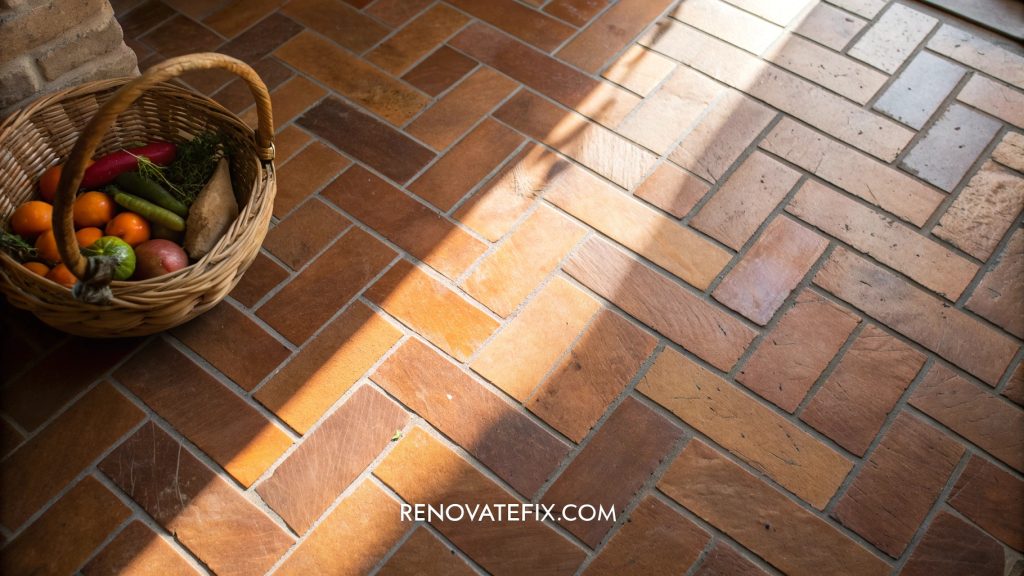
Each tile bears slight variations in tone resulting from traditional kiln-firing methods, creating subtle movement across floors that modern machine-made alternatives cannot duplicate.
Centuries of foot traffic polish these surfaces to a smooth patina highlighted by butter-colored grout lines that define geometric precision within seemingly simple materials.
Historical examples show beautiful wear patterns along primary pathways, revealing household movement patterns while creating natural navigation through functional work zones.
8. Open Hearth Cooking Areas
Traditional cooking fireplaces with wrought iron cranes, pot hooks, and ember boxes represent kitchen hearts in historical French homes, serving both practical cooking functions and social gathering spaces during cold seasons.
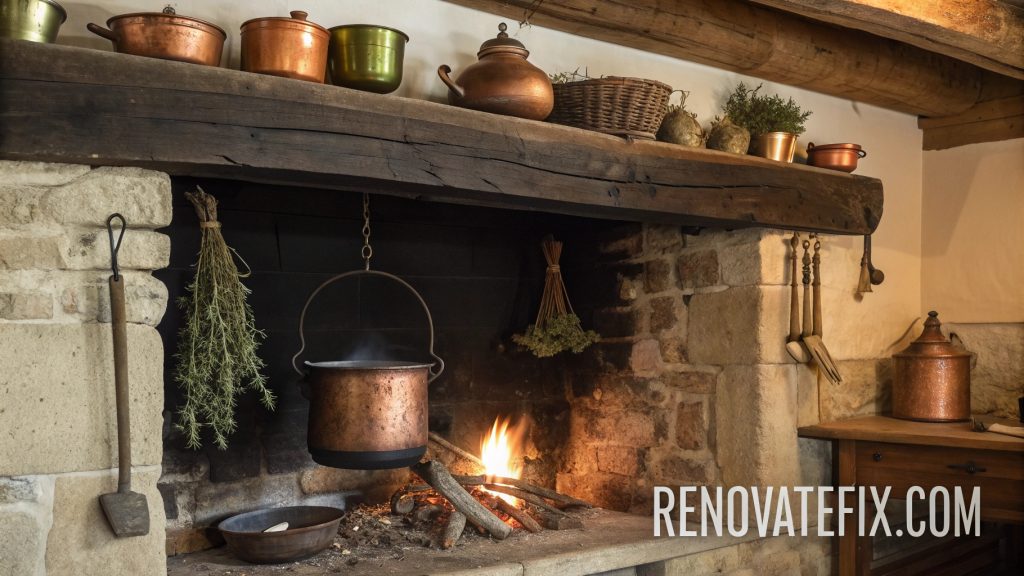
Stone surrounds built from regional materials frame these massive openings, often featuring carved mantels supporting decorative plates, copper vessels, or family heirlooms passed down through generations.
Modern interpretations might incorporate professional range units within original fireplace openings, blending contemporary cooking technology with architectural authenticity that honors historical precedents.
Blackened interior surfaces tell stories of countless meals prepared over open flames, preserving culinary histories through physical evidence remaining visible after centuries.
9. Vintage Enamelware Collections
Colorful enamel cookware, pitchers, and kitchen implements arranged on open shelving bring authentic period character through everyday objects actually used during specific historical eras rather than reproductions manufactured recently.
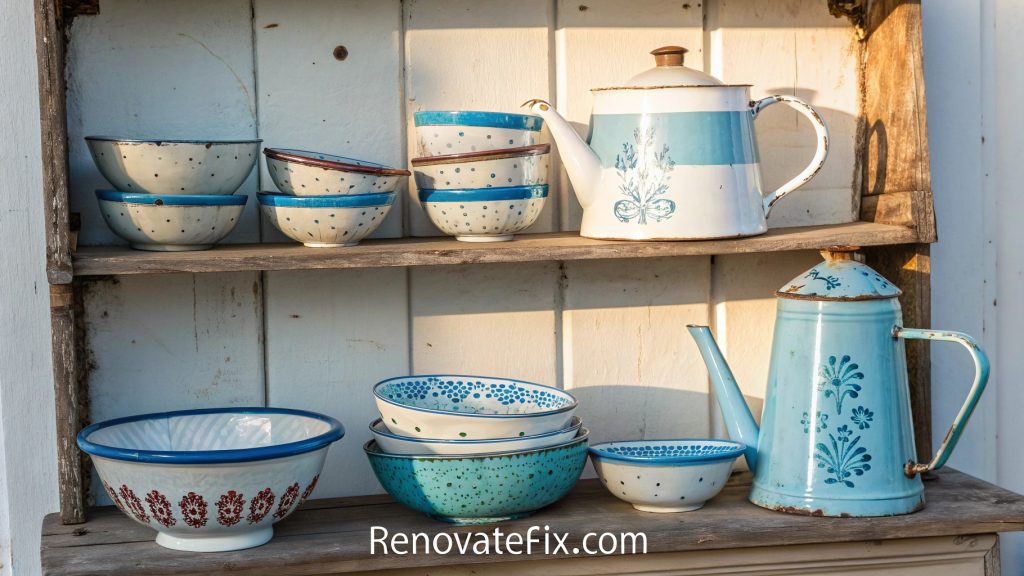
Chipped edges, faded colors, and slight surface imperfections authenticate these pieces, proving their genuine heritage and practical history serving previous generations of French families.
Blue-rimmed white enamel pieces represent classics of the genre, though regional variations include brilliant yellows, deep greens, and occasional reds depending on manufacturing location and time period.
Beyond decorative value, these durable items remain perfectly functional for modern cooking, blending historical aesthetics with practical utility that honors their original purpose.
10. Zinc-Topped Work Tables
Central islands fashioned from zinc-covered work tables recall professional French kitchens where generations of chefs prepared countless meals, developing distinctive patinas impossible to artificially replicate.
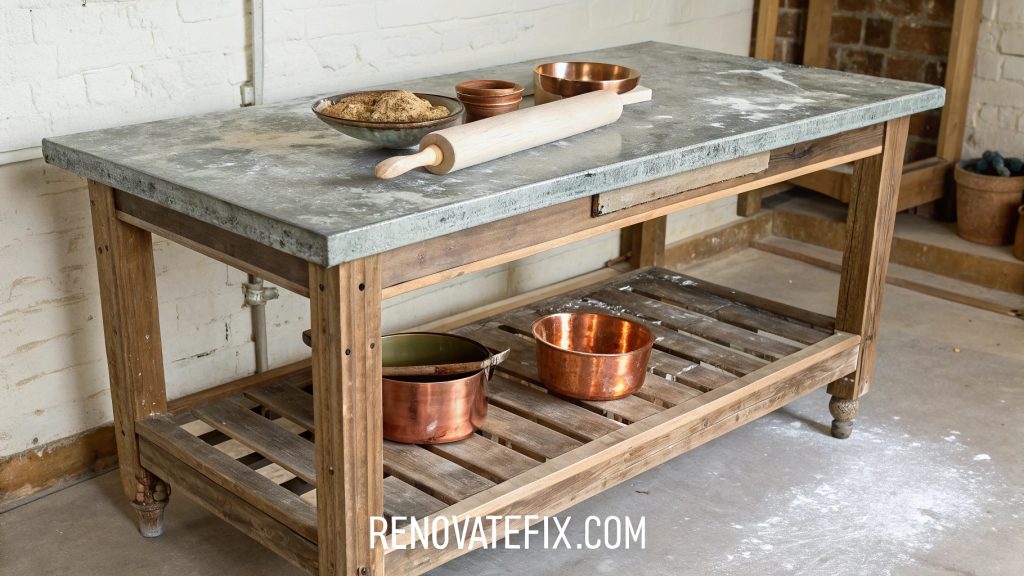
Malleable zinc surfaces form slightly raised edges preventing liquids from spilling onto floors, while material properties naturally resist bacterial growth through oxidation processes that gradually darken surfaces.
Lower shelving traditionally held copper pots within easy reach, combining practical storage with visual display that showcases prized cooking vessels.
Sturdy turned legs support substantial tabletops designed for heavy work, often showing evidence of previous repairs that contribute authentic character rather than detract from aesthetic value.
11. Antique Bread Boards
Wooden boards bearing evidence of countless loaves sliced across their surfaces bring humble authenticity to French kitchen walls, telling stories of daily bread making traditions central to French culinary culture.
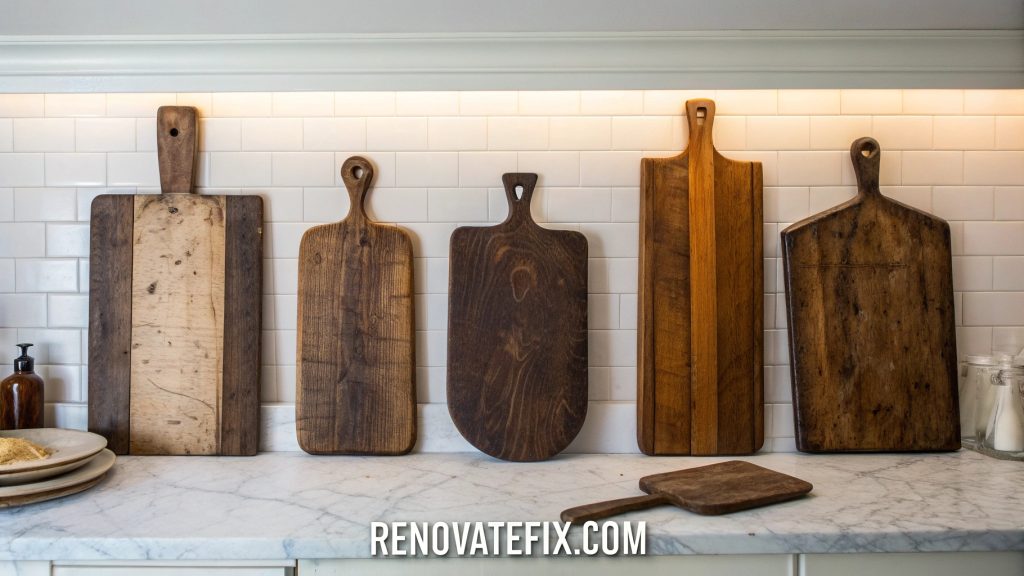
Deep knife marks, darkened oils, and smooth worn surfaces authenticate these practical objects that served essential functions rather than merely decorative purposes in historical contexts.
Hanging collections grouped near preparation areas create practical art installations celebrating everyday domestic activities rather than contrived arrangements lacking genuine context.
Varying shapes reflect regional bread variations, from long baguette boards to round country loaf platforms, each designed specifically for particular bread forms traditional to different French provinces.
12. Provençal Fabric Accents
Textiles featuring traditional patterns from southern France introduce controlled color bursts through curtains, chair cushions, and table linens, referencing historical textile traditions dating back centuries.

Sunflowers, olives, lavender, and cicadas represent classic motifs appearing across authentic Provençal fabrics, connecting kitchen spaces to surrounding agricultural landscapes that inspired original designs.
Hand-blocked printing methods create slight irregularities prized by collectors seeking genuine examples rather than machine-produced replications lacking characteristic imperfections.
Faded colors resulting from sun exposure and washing tell honest stories about actual use rather than artificially distressed newer examples attempting to mimic authentic aging processes.
13. Carved Wood Range Hoods
Substantial wooden range enclosures with hand-carved details serve as architectural focal points while drawing cooking vapors upward through hidden exhaust systems concealed within seemingly historical structures.
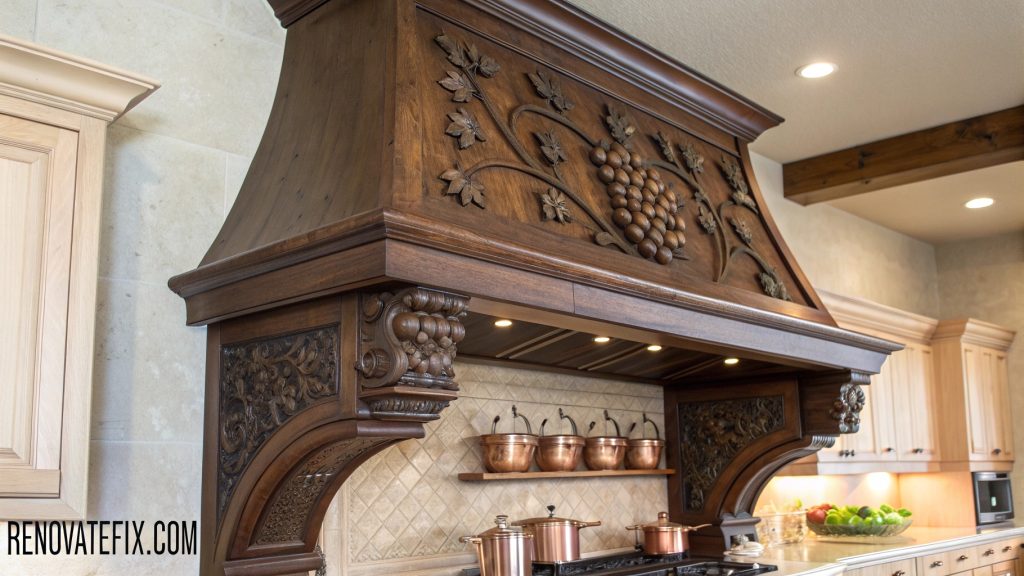
Patinated finishes achieved through layers of wax built up over decades create depth impossible to achieve through modern finishing techniques relying on chemical shortcuts rather than time-honored methods.
Carved grape motifs, wheat sheaves, or acanthus leaves represent common decorative elements referencing agricultural abundance central to French cultural identity across centuries.
Supporting brackets, corbels, and crown moldings demonstrate woodworking virtuosity through their precise joinery and proportional harmony within overall kitchen compositions.
14. Vintage Scale Collections
Brass balance scales, cast iron market weights, and porcelain measuring vessels grouped thoughtfully evoke commercial and domestic French kitchen history while creating compelling visual compositions based on utilitarian objects rather than purely decorative items.
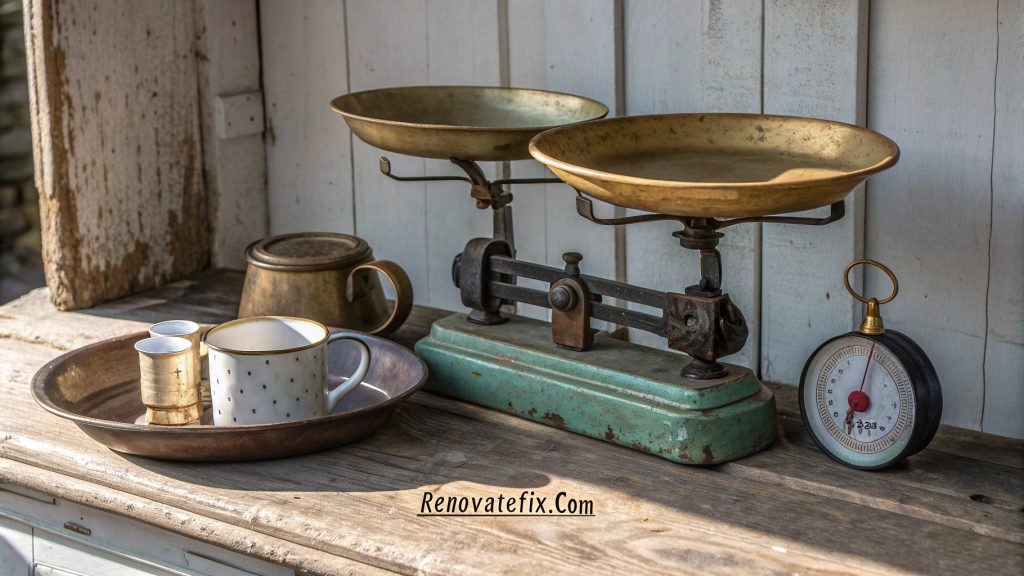
Various calibration standards reflect regional measuring variations existing before national standardization, telling stories about local market practices unique to specific French provinces.
Mechanical components maintain beautiful moving functionality despite age, demonstrating precision engineering principles applied to everyday objects during previous eras.
Authentic examples show beautiful wear patterns around contact points, revealing which measuring implements saw greatest use through physical evidence rather than speculation.
15. Glass-Front Cabinet Conversions
Repurposed antique glazed bookcases adapted for kitchen storage display beautiful serving pieces while protecting contents from cooking residues, combining practical considerations with aesthetic presentation unlike purpose-built modern cabinetry.
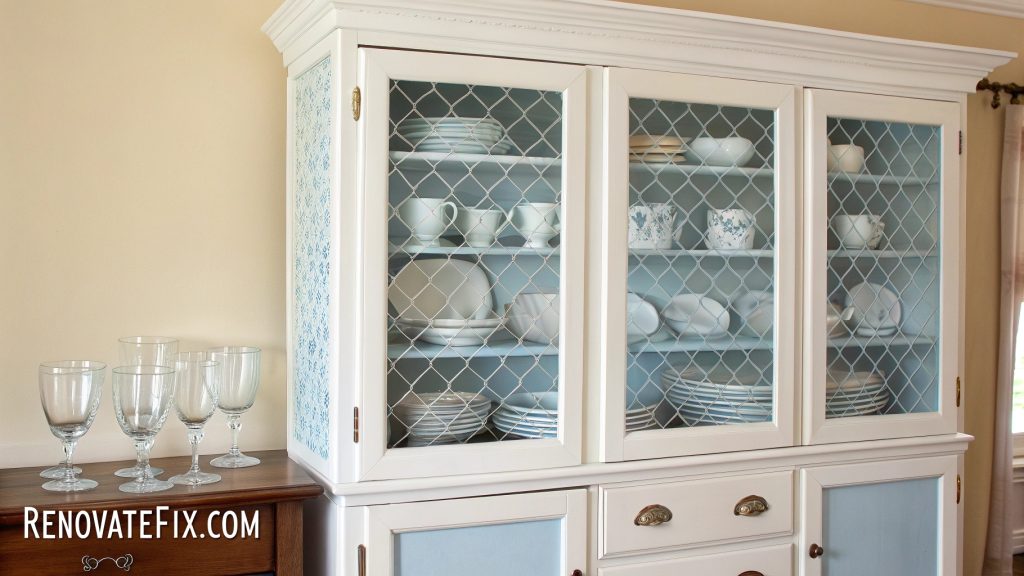
Wavy glass panels characteristic of hand-blown manufacturing methods distort views slightly, creating magical light effects as sunlight passes through irregular surfaces throughout changing daylight hours.
Original hardware, including skeleton key locks, brass pulls, and cast hinges, maintains authentic period details often sacrificed during insensitive renovations prioritizing convenience over historical accuracy.
Interior surfaces lined with vintage papers or painted contrasting colors highlight displayed objects while honoring hidden details appreciated by those valuing thoroughness in historical presentations.
16. Bistro-Style Marble Counters
Slabs of Carrara marble with distinctive grey veining reference classic Parisian café surfaces while providing ideal pastry preparation areas where dough remains naturally cool during rolling and shaping processes.
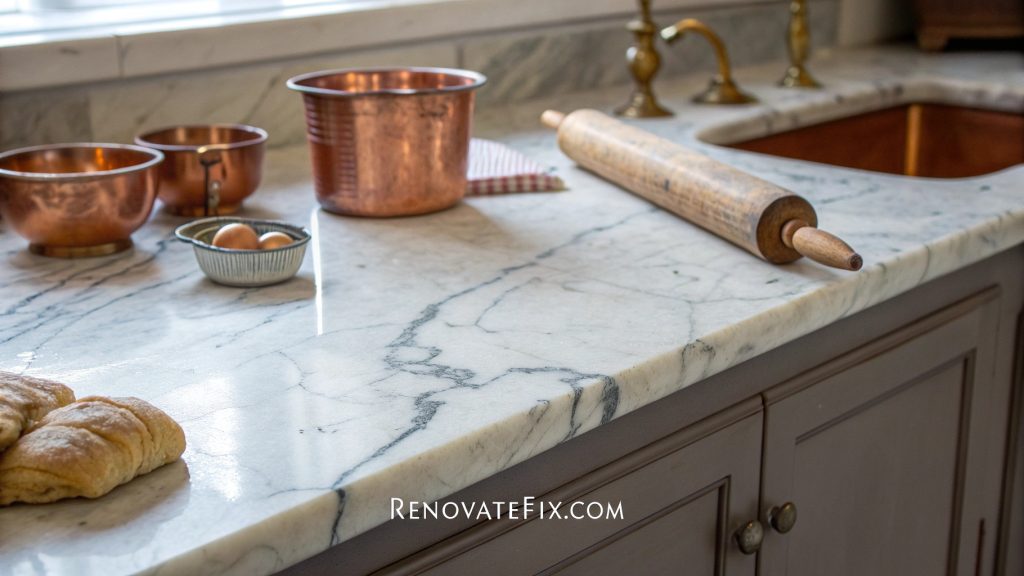
Age-appropriate marble shows characteristic etching around sink areas, stains from wine or coffee, and subtle polishing from repeated wiping—all marks regarded as beautiful evidence of authentic use rather than flaws requiring correction.
French culinary traditions embraced marble’s natural properties centuries before modern manufactured alternatives attempted mimicking its appearance without delivering comparable functionality for serious bakers and cooks.
Edge profiles featuring ogee curves, bullnose finishing, or chamfered corners demonstrate stoneworking craftsmanship largely abandoned by current fabrication methods prioritizing efficiency over artisanal quality.
17. Brasserie-Inspired Lighting
Glass globe pendants modeled after Parisian café fixtures introduce authentic period illumination while creating pools of warm light focused on preparation surfaces, striking balance between ambiance and functionality essential within working kitchens.
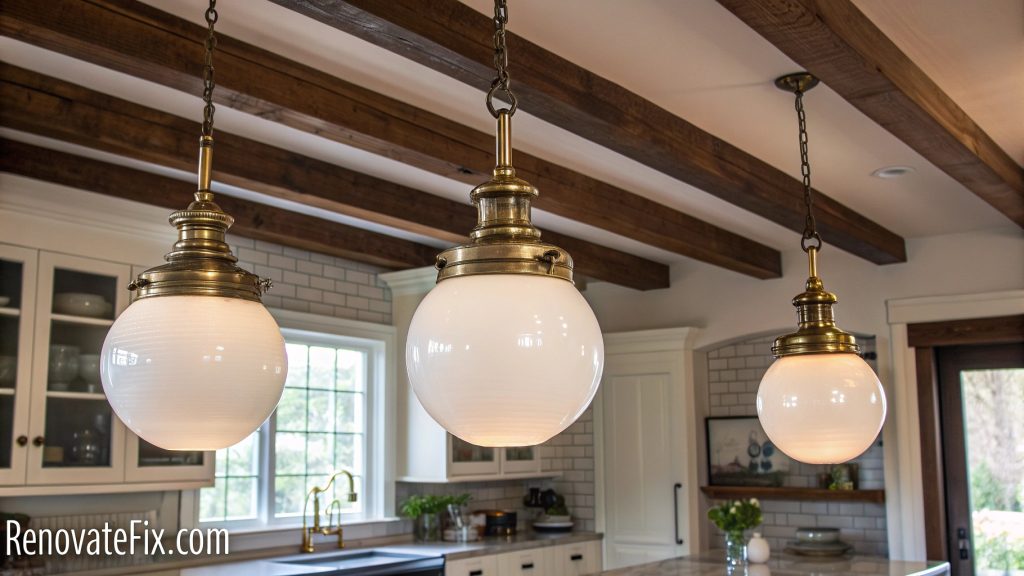
Brass arms, mounting plates, and chain suspensions develop beautiful verdigris patina through exposure to cooking vapors over decades, demonstrating honest aging processes rather than artificially accelerated finishes.
Milk glass shades diffuse light evenly while referencing early electrical adaptations from gas lighting systems prevalent throughout France during transitional periods between illumination technologies.
Original examples often show evidence of rewiring while maintaining period-appropriate external appearances through careful preservation efforts honoring historical integrity.
18. Farm Table Work Islands
Massive oak tables centered within kitchen work zones continue centuries-old French traditions where family members gathered for communal food preparation, creating social hubs within culinary spaces rather than isolated work stations.

Worn surfaces bearing knife marks, burn circles, and wine stains tell authentic stories about generations of meals prepared across their expansive tops, creating historical records through physical evidence rather than written documentation.
Sturdy trestle bases, pegged construction methods, and hand-planed surfaces demonstrate woodworking traditions dating back centuries, preserving craft techniques largely abandoned by modern production methods.
Drawers fitted with hand-cut dovetail joints and original wooden pulls maintain authentic storage details often sacrificed during restoration efforts focusing exclusively on visible surfaces.
19. Confit Pottery Collections
Earthenware vessels glazed in distinctive yellow, green, and burnt orange hues traditionally used for preserving duck and goose confit bring authentic regional character while serving practical storage functions for modern cooking ingredients.
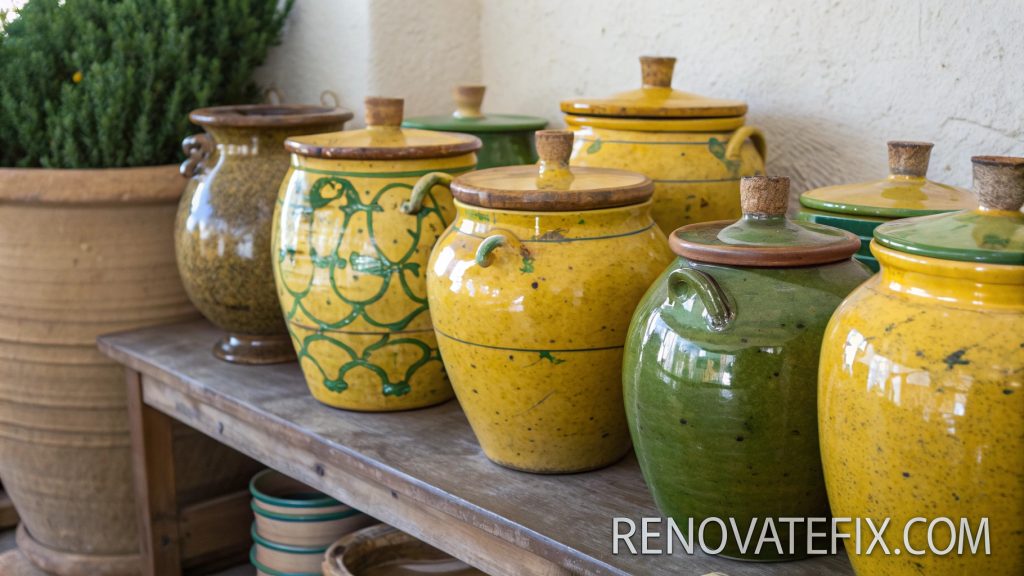
Substantial walls maintain consistent temperatures ideal for storing oils, salts, and preserved foods, continuing practical traditions established generations before refrigeration became commonplace.
Imperfect glazing showing crazing patterns, drip marks, and minor chips authenticate these pieces as genuine historical artifacts rather than recent reproductions mimicking rustic appearances without corresponding age or use.
Regional variations in clay composition, glazing techniques, and vessel forms identify specific French provinces where particular pieces originated, telling geographical stories through material evidence.
20. Butcher Block Stations
End-grain cutting surfaces constructed from tightly packed maple or walnut blocks provide ideal chopping areas while referencing professional French kitchen traditions dating back centuries before stainless steel became standard material for food preparation.
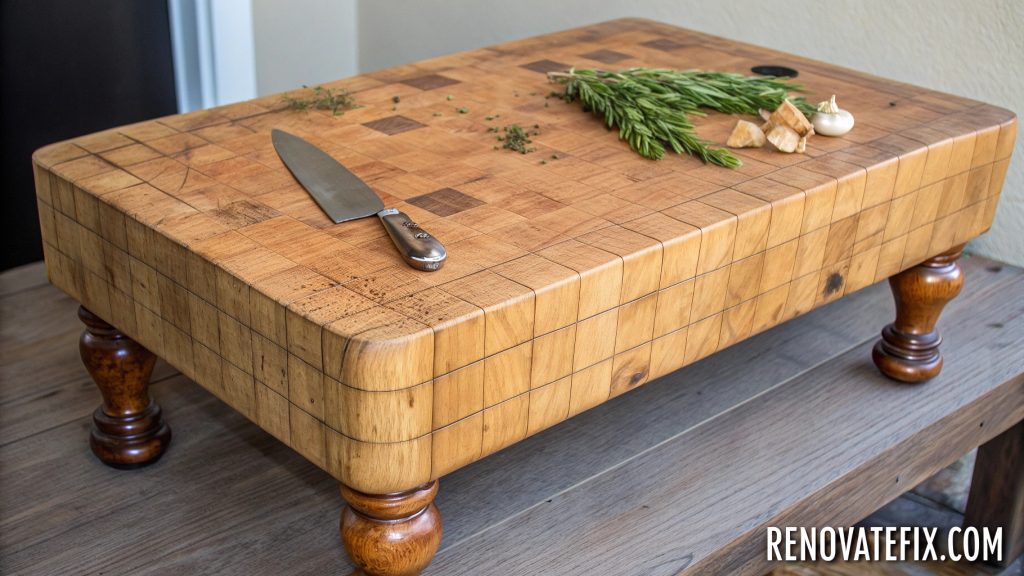
Deep patinas developing through oil absorption, knife marks accumulating over decades, and subtle depressions formed through repetitive cutting motions authenticate these work surfaces as genuine historical tools rather than decorative reproductions.
Corner brackets, metal strapping, or decorative edging often show beautiful aging patterns revealing which areas received greatest handling through darkened patination around frequent contact points.
21. Antique Produce Scales
Hanging brass weighing mechanisms with patinated chains, hooks, and decorative counterweights bring functional sculpture into French kitchens while maintaining historical accuracy through original mechanical components still operating precisely despite decades of service.
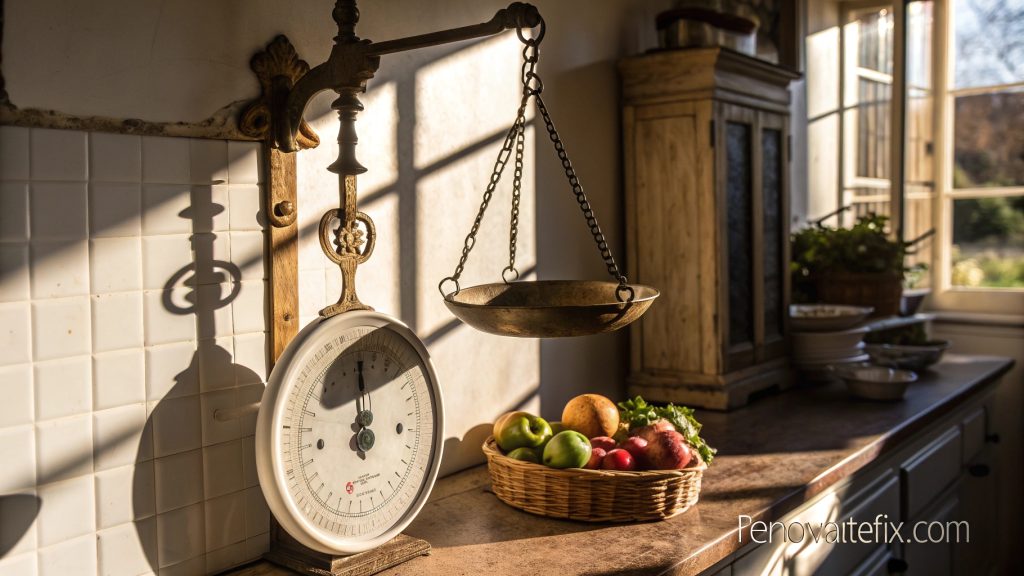
Ceramic weighing platters bear evidence of actual commercial use through numerous small chips accumulated during market transactions rather than artificially distressed modern reproductions attempting mimicking genuine age.
Calibration marks referencing regional French measuring standards prior to metric system adoption tell fascinating historical narratives about local commerce practices largely forgotten today except by dedicated culinary historians.
Numerical stamps, maker’s marks, and official verification seals visible on authentic examples provide documentary evidence connecting objects to specific time periods and geographic locations.
22. Rustic Plate Racks
Wall-mounted wooden dish displays originally designed for practical drying and storage purposes bring architectural dimension while showcasing collections of regional French ceramics, creating practical art installations from everyday kitchen objects.
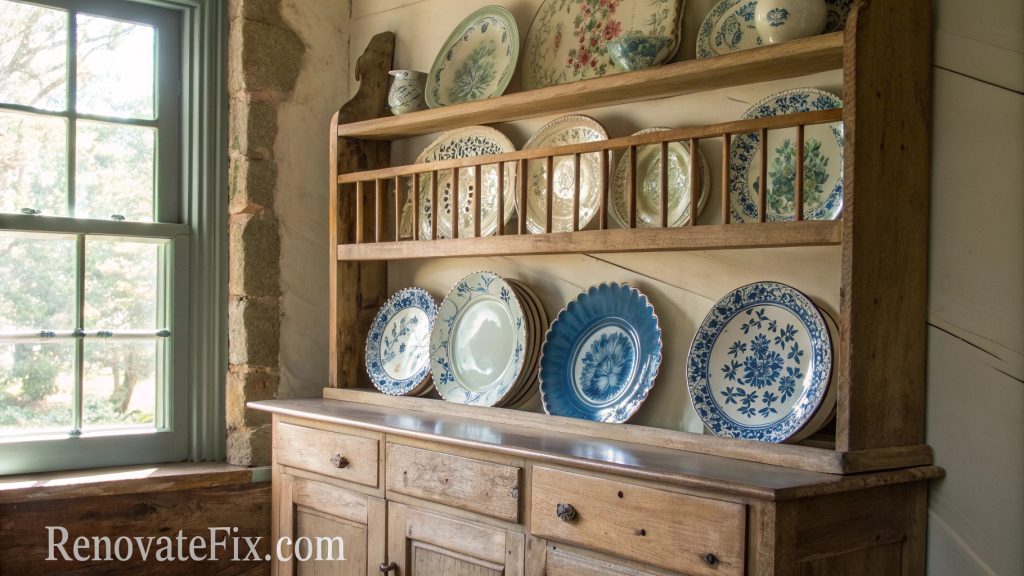
Hand-cut grooves sized specifically for plate edges demonstrate thoughtful craftsmanship addressing particular functional needs rather than generalized storage solutions lacking context-specific considerations.
Vertical construction maximizes limited wall space while allowing natural water drainage between plates, demonstrating practical problem-solving through traditional design techniques predating modern kitchen conveniences.
Authentic examples show beautiful wear patterns around contact points, slight warping from moisture exposure, and darkened finish variations revealing which areas experienced greatest handling through visual evidence.
23. Vintage Mortar and Pestle Collections
Stone, brass, and wooden grinding tools grouped thoughtfully reference French culinary techniques predating electric appliances, honoring traditional food preparation methods requiring personal effort and skill rather than mechanical shortcuts.
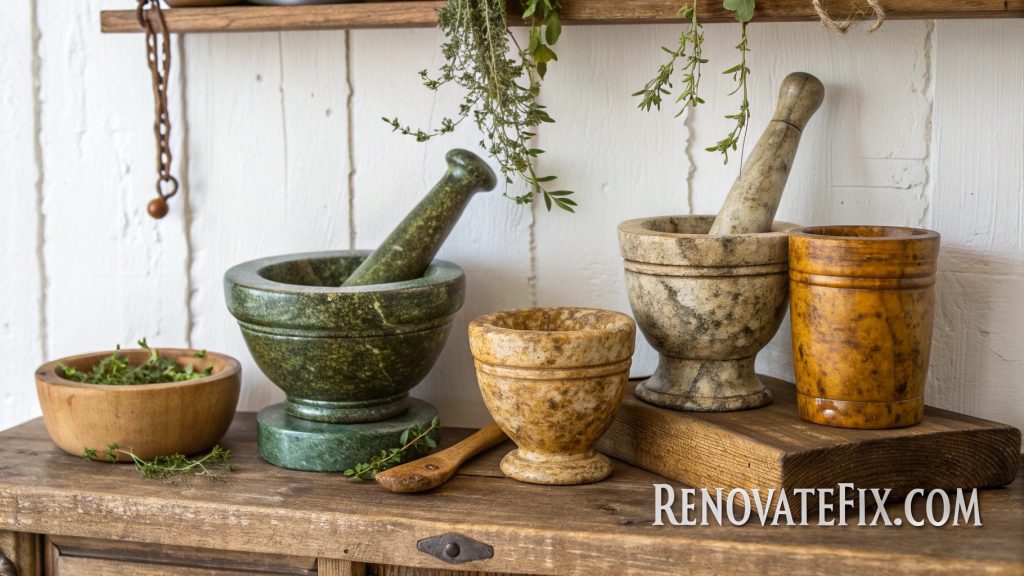
Distinctive wear patterns inside grinding bowls reveal historical usage patterns, showing which herbs, spices, or other ingredients once occupied these traditional kitchen tools through physical evidence rather than speculation.
Regional variations in stone types, profiles, and proportions identify specific French provinces where particular examples originated, telling geographical stories through material selection and forming techniques.
Some feature carved decoration, makers’ marks, or date inscriptions providing documentary evidence connecting objects to specific time periods and locations, creating historical anchors within kitchen compositions.
Conclusion
Vintage French kitchen aesthetics combine practical functionality with authentic historical character, creating spaces that honor culinary traditions while adapting gracefully to modern living requirements.
By thoughtfully integrating genuine period elements—whether architectural features, furniture pieces, or utilitarian objects—you establish connections with generations of French homemakers who developed these distinctive styles through practical necessity rather than artificial styling efforts.
As you gather your own collection of French kitchen elements, prioritize authentic patina over pristine condition, embracing the stories told through worn surfaces, repaired components, and honest aging.
Remember that truly successful French kitchen designs evolve gradually rather than appearing instantaneously, developing soulful character through thoughtful curation and actual use rather than wholesale installation of matching components.
May your culinary space become not merely a cooking area but a genuine heart for your home, continuing centuries-old French traditions where food preparation represents an act of love expressed through beautiful, functional surroundings.

